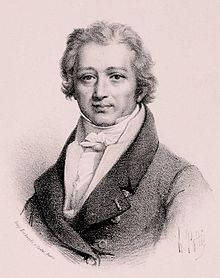On November 19 1832 Sidney Clay and Maud Morris had a child. He was a tobacconist with a shop on the Holloway Road and she was a dressmaker. They never lived together but Morris named the child Sidney and said at the trial that she had thought Clay would marry her.
A week before Christmas she asked him to find a wet nurse because her milk had run out. On Boxing night he arranged for a Mrs Manning to take the child away.
Mrs Manning lived at number 30, Hornsey Road, but told Morris that she lived in Poplar. Morris mustn't have believed her because she asked Clay where her baby had gone.
Clay told her 'You can see the baby whenever you wish to, but I don't wish you to know where the nurse lives'. He changed his mind when she threatened to tell his customers about his illegitimate child. Mrs Manning kept the boy and fed it on watered down condensed milk from a filthy bottle.
Condensed milk was marketed as food for babies and much used in poor households.
 |
Eagle Brand Condensed Milk, 1887
|
The boy became sick and a
t 7pm on 8 January 1883 Morris and Mrs Manning took him to Dr Eustace Gruyther. He told them that the boy would probably die unless it got breast milk.
Later that evening Clay went round to his surgery and they had the first of three conversations that Dr Gruyther would relay at Clay's trial:
Clay: 'I have called respecting a child you are treating, and about which I believe two women have been to you; I am the father of the child.
Dr Gruyther: 'What do you want me to do?'
Cl
ay: 'I believe you ordered a wet nurse.'
D
r Gruyther: 'Yes; if the child has breast milk it will live.'
C
lay: 'I don't think I can afford that, it has cost me a lot of money already; do you think it will do as well on artificial food?'
Dr Gruyther: '
It might.'
C
lay 'I am a married man, and in business close by, and if this thing gets about it will ruin me.'
Dr Gruyther: '
As far as I am concerned no one will know anything about it.'
Their second conversation was on Thursday 17 at Clay's Holloway Road shop. Dr Gruyther told Clay that his son was getting better and and would probably live.
Clay: 'I am sorry to hear that, for it will be a burden for me for 16 years.'
Dr Gruyther: 'Why, if you pay 5s. a week you need not be troubled with it, any one will keep it and not say anything about it.'
Clay: 'It will never do, if my wife gets to know it there will be a fearful disturbance.'
[Continued tomorrow - I've split this story into three posts because it's so strange and bleak and tangled. Part II is
here.
]
























